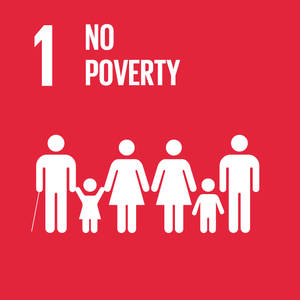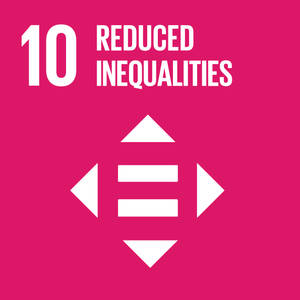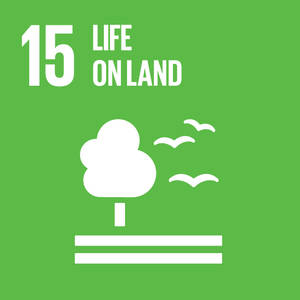Community-based forestry – what is it?
“Community-based forestry” (CBF) is an umbrella term encompassing both collaborative forest management regimes and smallholder forestry. In the collaborative form, forestry is practised on lands that have communal tenure and require collective action, while the smallholder form refers to forestry practised by smallholders on land they own privately who manage their forest independently or who may engage in some form of collective activity. In practice, these two forms are expressed in various CBF types according to the rights obtained by, and degree of participation of, communities in planning, implementation and benefit-sharing (Table 1).
Community-based forestry includes “initiatives, sciences, policies, institutions and processes that are intended to increase the role of local people in governing and managing forest resources”. It includes formalized customary and indigenous initiatives as well as government-led initiatives. CBF covers social, economic and conservation dimensions in a range of activities including decentralized and devolved forest management, smallholder forestry schemes, company-community partnerships, small-scale forest-based enterprises and indigenous management of sacred sites of cultural importance (Source: Adapted from RECOFTC, 2013)
CBF has a demonstrated capacity to achieve forest conservation while contributing to general economic development and improving the livelihoods of local people. It aims to empower communities with direct stakes in forest resources to be part of decision-making on all aspects of forest management, including policy formulation.
CBF is based on the rationale that people will take better care of land they own or are allowed to use forest resources sustainably on a secure and long term basis. There is also increased realization among government decision-makers, conservationists and development planners that local people are already key stakeholders in many forest areas and it is unethical to deny them rights or to try to exclude them. Local people often use and depend on forests and in many cases are stewards who have maintained forests over long periods.
Table 1. Types and key characteristics of community-based forestry
Table 1. Types and key characteristics of community-based forestry
Type of community-based forestry | Generic description | Key characteristics |
Delegate | Participatory conservation | Some community responsibility to protect forests, but little authority to make decisions. Very few (or no) community rights to access and use forest products. Pressure on the use of forest products is reduced by the application of outside-managed integrated conservation and development approaches, often in the buffer zones of protected areas. This type includes encouraging alternative livelihoods and enforcing protection through external agents or by delegating protection functions to local people. The limited collection of non-wood forest products (NWFPs) is sometimes allowed. Indicative rights
|
Share
| Joint forest management | Shared authority – limited and highly prescribed rights for local people to access and use forest products. Forest products and related benefits from government-owned forests are shared between government and local communities to encourage communities to protect the forests. Employment in forest management activities is sometimes available. Indicative rights
|
Partly devolve | Community forestry with limited devolution | Limited rights for defined local communities to manage forests and access and use forest products. Significant government authority and oversight. Rights to manage forests and use some forest goods, usually NWFPs and subsistence products, are devolved to local communities, generally subject to the development of management plans. Rights generally do not include selling timber in open markets, but the sale of NWFPs and woodfuel may be allowed. Indicative rights
|
Fully devolve | Community forestry with substantial or full devolution | Significant rights for defined local communities to manage forests and access and use forest products. Generally some government authority and oversight. Rights to manage and use forests are devolved to local communities, generally subject to the development of management plans. Rights include harvesting of timber and selling forest products on the open market. Indicative rights
|
Own | Private forest ownership | Most rights to access and use forest products are held by forest owners. Governments may or may not exercise authority over some aspects of forest management, including harvesting and marketing forest products. Individuals, households, groups or communities hold ownership and use rights to manage forests and receive benefits (this type includes smallholder forestry) Indicative rights
|
Source: FAO. 2016. Forty years of community based forestry: a review of extent and effectiveness. FAO Forestry paper no. 176. Rome







